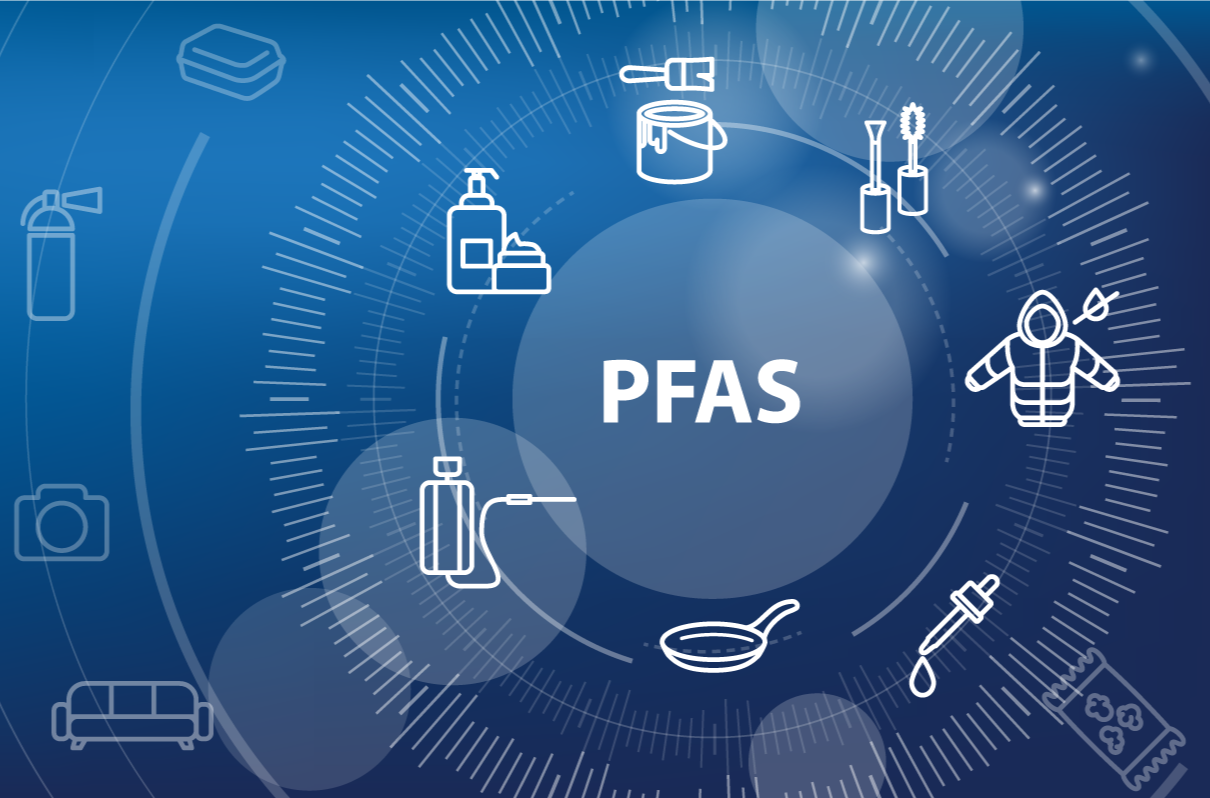On November 22, the Occupational Safety and Health Administration (OSHA) issued a Safety and Health information Bulletin (SHIB) discussing “safety helmets” as evolved alternatives to traditional hard hats, and offering recommendations for situations where employers should switch. On December 11 the agency announced that it’s following its own advice and replacing its own employees/inspectors hard hats with safety helmets. The rest of this note discusses OSHA provisions for personal protective equipment (PPE) providing head protection, and the rationale and examples of the benefits of upgraded headgear.
Read MoreAudit, Compliance and Risk Blog
Jon Elliott
Recent Posts
Tags: Health & Safety, OSHA, Safety and Health at Work, workplace safety
The Occupational Safety and Health Administration (OSHA) Region 3 (covering Delaware, Pennsylvania, West Virginia, and the District of Columbia) has renewed a Regional Emphasis Program under which it focuses inspection resources on “High Level Noise.” This announcement provides a useful reminder to employers throughout the US to evaluate occupational noise and the risks of employees’ hearing loss. The remainder of this note summarizes OSHA’s Occupational Noise Standard for General industry (separate requirements cover construction).
Read MoreTags: OSHA, workplace safety, PPE, PEL
OSHA reminds employers about duty to keep young workers safe
Posted by Jon Elliott on Tue, Dec 19, 2023
The Occupational Safety and Health Administration (OSHA) provides a “Young Workers - You have rights!” webpage on its website, compiling regulatory and practical information for employers and workers. As we approach the annual spike in youth employment during the end-of-year Holidays, this provides a timely reminder to focus on the needs and rights of young people in workplaces. The webpage targets information as follows:
- Young Workers
- Employers
- Parents and Educators
- Real Stories
- Hazards
- Resources
The remainder of this note summarizes these materials, focusing on information useful to employers.
Read MoreTags: Health & Safety, OSHA, Safety and Health at Work, workplace safety
California adopts general requirements for workplace violence prevention
Posted by Jon Elliott on Fri, Dec 15, 2023
On September 30, 2023, California’s governor Gavin Newsom signed Senate Bill (SB) 553, which expands the state’s workplace violence prevention (WVP) requirements, adding duties and rights for most employers in the state. Most importantly, SB 553 requires all non-exempt employers in the state to create WVP plans. These expanded requirements will be administered by California’s Division of Occupational Safety and Health (DOSH, but generally referred to as “Cal/OSHA”), which already administers WVP planning requirements for healthcare employers (which I wrote about HERE), and has been working on a general rule (I wrote about the latest draft HERE). The remainder of this note discusses SB 553, which takes effect on January 1, 2024 but remains subject to further rulemakings.
Read MoreTags: Workplace violence, California, DOSH, WVP, IIPP
On October 7, 2023, California’s governor Gavin Newsom signed two important bills expanding climate-related reporting requirements for targeted organizations doing business in the state – SB 253 (Wiener) (Climate Corporate Data Accountability Act) and SB 261 (Stern). These requirements will be administered by the California Air Resources Board (ARB), which already includes most state greenhouse gas (GHG) regulatory requirements within its extensive air quality and climate authority (centered on the Global Warming Solutions Act of 2006 (AB 32). The remainder of these note discusses these new requirements.
Read MoreTags: Environmental, Greenhouse Gas, ghg, California, Environment, Environmental Policy
WorkSafeBC reminds employer to prevent slips, trips and falls
Posted by Jon Elliott on Tue, Dec 05, 2023
On October 24, 2023, WorkSafeBC, British Columbia’s provincial occupational health and safety (OHS) regulator and workers’ compensation overseer, issued a reminder to employers to address the hazards of workplace slips, trips and falls. The reminder began with a recitation that approximately 20 percent of all workplace injuries in the province relate to slips, trips, and falls. The agency also reported that “in the past six years, almost 41,000 workers in B.C. suffered slip-trip-and-fall injuries, including fractures, sprains, and dislocations.” The agency notice follows these statistics with reminders of what employers can and should do to reduce the likelihood and severity of these injuries. The remainder of this note summarizes this information.`
Read MoreTags: Health & Safety, Safety and Health at Work, workplace safety, Injury, OHS
Deadlocked Supreme Court of Canada allows restriction of owner-employer contracting out OHS responsibilities to contractors
Posted by Jon Elliott on Thu, Nov 30, 2023
Throughout North America, Canadian occupational health and safety (OHS) agencies and US occupational safety and health (OSH) agencies administer and enforce worker protection laws. These laws require extensive employer efforts to protect employees – although in some situations it’s unclear which employer(s) are responsible for which workers. These complex situations include construction sites where one or more landowners or property occupiers hire one or more contractors to performer work. In November 2023 the Supreme Court of Canada deadlocked four-to-three-to-one in a case involving liability for a municipal “owner” that had attempted to contract all responsibilities (and potential liabilities) to the contractor (“constructor”) hired to repair a municipal water main, after a worksite death. (R. v. Greater Sudbury (City)) Because the Supreme Court deadlocked, the Ontario Court of Appeal decision finding the city liable becomes the law of the case, overturning many years of practice in which owners contracted-out OHS responsibilities to their constructors.
Read MoreTags: OSHA, Supreme Court, workplace safety, Canada, Ontario Court, Ontario
Regulatory and market-based programs are steadily increasing opportunities for entities to contract with projects that reduce emissions of carbon dioxide and other greenhouse gases (GHGs), and to claim credit for those “carbon offsets.” Some such claims are used to satisfy formal air quality and GHG reduction requirements, while others are touted to enhance entities’ “green” credentials. Programs around the globe compile such claims, and some provide third party validations – but possible “greenwashing” of unjustified claims remains a significant concern. To address these concerns, California has just enacted legislation to regulate Voluntary Cabon Market Disclosures and penalize noncompliance (Assembly Bill (AB) 1305, Gabriel). These requirements synthesize the most thorough voluntary disclosure programs, and are intended not only to protect California consumers but to codify disclosure standards. The rest of this note summarizes carbon offsets, and AB 1305 requirements.
Read MoreTags: Environmental, Greenhouse Gas, greenhouse, California, Environment, Environmental Policy, environmental protection
EPA tightens Toxics Release Inventory reporting requirements for PFAS “Forever chemicals”
Posted by Jon Elliott on Mon, Nov 20, 2023
On October 31, 2023 the US Environmental Protection Agency (EPA) tightened its reporting requirements for per- and polyfluoroalkyl substances (PFAS) – frequently called ‘forever chemicals” because they biodegrade very slowly – under its Toxic Release Inventory (TRI) program. These changes finalize a proposal issued in (which I wrote about HERE), and reflect EPA’s agency-wide efforts to tighten controls on PFASs proposed in December 2022 (I wrote about these efforts HERE). The new TRI revisions apply to reports beginning in calendar year 2024. The remainder of this note summarizes these changes.
Tags: Environmental, EPA, Environment, Environmental Policy, TRI, PFAS
EPA proposes management requirements for equipment containing HFCs
Posted by Jon Elliott on Mon, Nov 06, 2023
On October 19, 2023, the US Environmental Protection Agency (EPA) proposed to establish requirements for the management of hydrofluorocarbons (HFCs) potentially released from equipment during maintenance or other services, and manage spent HFCs.. These rules support US efforts to implement the 2016 Kigali Amendment to the United Nations-sponsored Montreal Protocol on Substances that Deplete the Ozone Layer (which I wrote about HERE), and codified in the December 2020 coronavirus relief bill (American Innovation and Manufacturing Act of 2020 (AIM Act; which included dozens of unrelated provisions within its 5,593 pages). EPA adopted its over-arching HFC phase-down rules in September 2021 (I wrote about them HERE), and continues to adjust and refine their requirements. The remainder of this note summarizes EPA’s new proposal, which would impose requirements using authority under the Clean Air Act (CAA) and the Resource Conservation and Recovery Act (RCRA).
Read MoreTags: EPA, RCRA, Environment, HFCs, Environmental Policy, CCA, environmental protection, CFC









